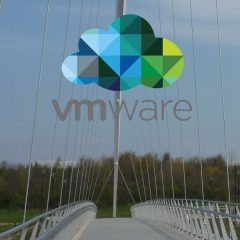VMware ESXi 5 – Applying Patches and Updates
(ESXi 5 Update 1 and Patches) KB ID 0000623 Problem When VMware released ESX 4.1, they took away the “Host update utility”, (which was a mistake!). For people without VMware Update Manager, you now have to either put in the CD/DVD and do an ‘in place upgrade’, or grow a ginger pony tail and put some socks/sandals on and do some Linux. Below I’ve got a build of ESX with no updates on it, I’m going to...
Windows 7 – Cannot Install Service Pack 1Windows Server 2008 R2 – Cannot Install Service Pack 1
KB ID 0000408 Problem It’s the same service pack for both products (in case you were wondering about the title). Service Pack 1 has been out for a just over a week now, so we have had enough time to see any glitches and problems. Solution Errors: If your update fails with error 8007f0f4 or FFFFFFFF this has been attributed to malware click here. If your update fails with error 0x800f0a12 Press Start > Run > cmd {enter}...


